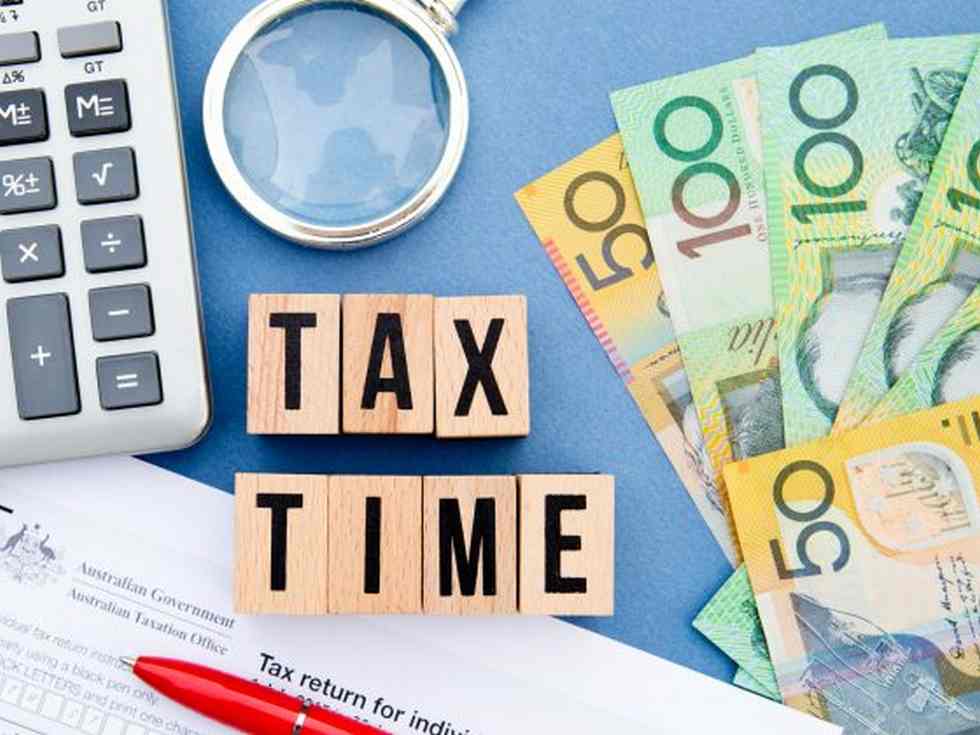develop your financial savings within the time of low rates of interest

Whereas COVID-19 hit many individuals laborious, it has additionally helped so many households get forward by boosting their rainy-day fund. However many Australians could also be questioning how they are often anticipated to truly develop their new-found financial savings within the present low-rate setting.
The newest Australian Prudential Regulation Authority (APRA) figures present that for the month of November 2020, Aussies have been capable of squirrel away $1.099 trillion {dollars} into financial institution accounts, together with offset accounts.
In comparison with the identical time final yr, that is an additional $120 billion {dollars} – a rise of 12 per cent.
APRA statistics: deposits by households
| Nov-20 | Nov-19 | Distinction | |
| Deposits by households |
$1.099 trillion |
$979.52 billion |
$119.96 billion |
Supply: APRA.gov.au
The reason for this development could be attributed to the COVID-19 shutdowns and restrictions throughout most capital cities. Australians weren’t capable of exit and make their common purchases, similar to meals, drink, public transport, gymnasium memberships and way more. For households, day care charges have been additionally scrapped for just a few months, and after faculty actions, similar to swimming and sport, have been placed on pause.
Many Australians discovered themselves both unemployed or with extra unstable working hours. Nonetheless, for some informal employees, the $1,500-a-fortnight JobKeeper funds have been considerably greater than they have been incomes earlier than. This meant that COVID-19 probably helped them get forward when it comes to financial savings.
And, most significantly, COVID-19 has reiterated the significance of getting a rainy-day fund. Saving cash is one thing many Australians – particularly younger Australians – will now be enthusiastic about critically for the primary time.
For all of those causes and extra, the impacts of COVID-19 have resulted in many individuals squirreling away a whole lot of additional {dollars} every week.
The place can savers discover a respectable rate of interest?
So, if you happen to’ve bought the additional money, you could be questioning the place you may nonetheless earn a good return with Australian savers dealing with such record-low charges?
The reality is that financial savings charges actually have tumbled. RateCity analysis reveals the massive 4 banks ongoing financial savings charges have dropped 0.90 per cent on common within the final yr. In the meantime, the Reserve Financial institution of Australia’s money charge has gone down 0.65 per cent on this time.
Financial savings charges adjustments
| Common financial savings charge | Large 4 aim savers | Money charge | |
| Jan 2020 |
0.88% |
1.41% |
0.75% |
| Jan 2021 |
0.39% |
0.51% |
0.10% |
| Distinction |
0.49% |
0.90% |
0.65% |
Supply: RateCity.com.au. Information correct as of 19.01.2021.
If you wish to hold your cash within the financial institution, there are at the moment 3 primary financial savings choices you could need to take into account selecting from:
- 1. Time period deposits
A preferred possibility with retirees, you lock your cash away for a set time period with the supplier and also you don’t want so as to add to it. On the finish of the time period, you get a assured rate of interest and return.
Proper now, the best charge you may get is 1.30 per cent for 2, three and 5 years from Judo financial institution, however simply 0.85 per cent for a 6-month time period.
Highest time period deposit charges on RateCity
| Time period deposit length | Financial institution | Price |
| 6 months | BankVic | 0.85% |
| 12 months | BankVic | 1.05% |
| 24/36/60 months | Judo Financial institution | 1.30% |
Supply: RateCity.com.au. Information correct as of 19.01.2021.
- 2. Introductory time period financial savings accounts
A kind of financial savings account that sometimes provides you a excessive rate of interest for round three to 5 months, after which drops down considerably. This selection might swimsuit somebody who isn’t planning so as to add to their financial savings and might have that money in just a few months to purchase one thing like a automotive or to place in the direction of renovations.
The best charge proper now could be 1.75 per cent from RaboBank – however after 4 months that charge drops to only 0.30 per cent. So, it might not be an excellent long-term possibility if you happen to’re on the lookout for charges above 1 per cent.
Highest intro-term financial savings accounts on RateCity
| Financial institution | Account title | Intro time period | Intro charge | Ongoing charge |
| Rabobank Australia | Excessive Curiosity Financial savings Account | 4 months | 1.75% | 0.30% |
| Macquarie Financial institution | Financial savings Account | 4 months | 1.35% | 1.20% |
| Heritage Financial institution | On-line Saver | 4 months | 1.30% | 0.65% |
Supply: RateCity.com.au. Information correct as of 19.01.2021.
- 3. Ongoing financial savings accounts
Usually talking, the financial savings accounts providing probably the most aggressive charges are usually ongoing financial savings accounts. These are the place you set cash into the account every month to earn the best rates of interest. This will likely swimsuit somebody who’s including to their financial savings every month, even somebody saving for a home, a brand new automotive or college prices.
Presently, ING provides the best charges of 1.35 per cent. Nonetheless, for younger Aussies, Westpac (age 18-29) and Financial institution of Queensland (age 18-24) are providing a whopping 3 per cent curiosity on their financial savings accounts.
Highest conditional financial savings accounts on RateCity
| Financial institution | Account title | Max charge |
| Westpac | Westpac Life
18-29 yr-olds |
3.00% |
| BOQ | 18-25 yr-olds | 3.00% |
| ING | Financial savings Maximiser | 1.35% |
| MyState Financial institution | Bonus Saver Account | 1.20% |
| ME Financial institution | On-line Financial savings Account | 1.20% |
Supply: RateCity.com.au. Information correct as of 19.01.2021.
Are there any various choices exterior of financial savings and deposit charges?
Some Australians might need to make investments their cash in additional conventional choices, similar to shares, bonds and even peer-to-peer lending. These returns should not assured however they’ve potential to earn you the next return.
Nonetheless, another choice for individuals who have house loans, and who want to hold threat low, is to make use of their financial savings to make further repayments, or put it into their offset account.
When you have cash sitting in your checking account (not your offset) the rates of interest on house loans are typically considerably larger than the rates of interest on financial savings accounts. In line with the RBA, the common owner-occupier house mortgage charge is 3.17 per cent whereas the common financial savings charge is 0.39 per cent.
So, you could probably be saving much more curiosity than you’re incomes by transferring it out of your financial savings account to your offset account. Plus, if it’s your individual house, you gained’t be paying tax in your financial savings. Making further repayments on your own home mortgage will even allow you to shave months if not years off your own home mortgage and in addition pay considerably much less curiosity in the long term.






